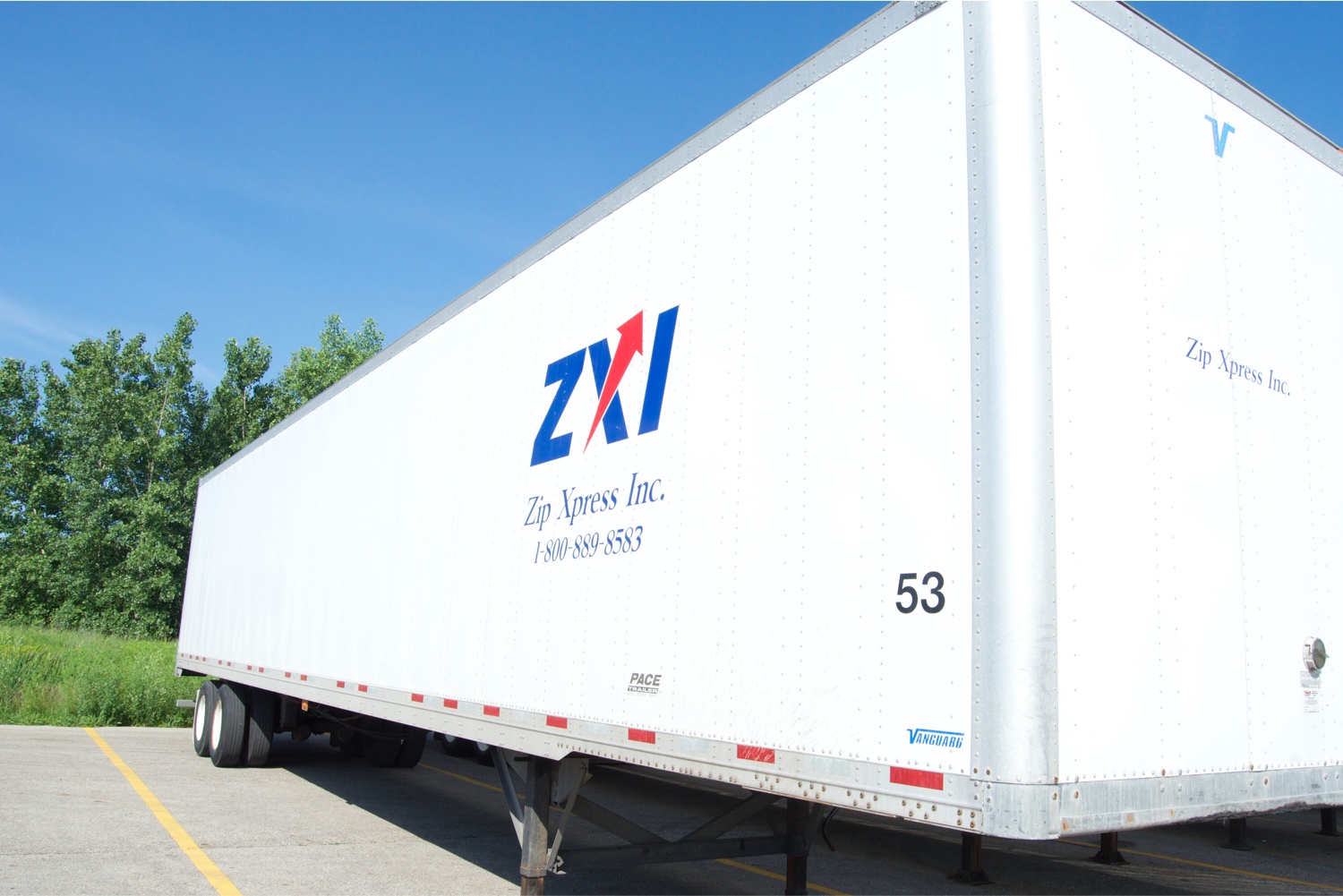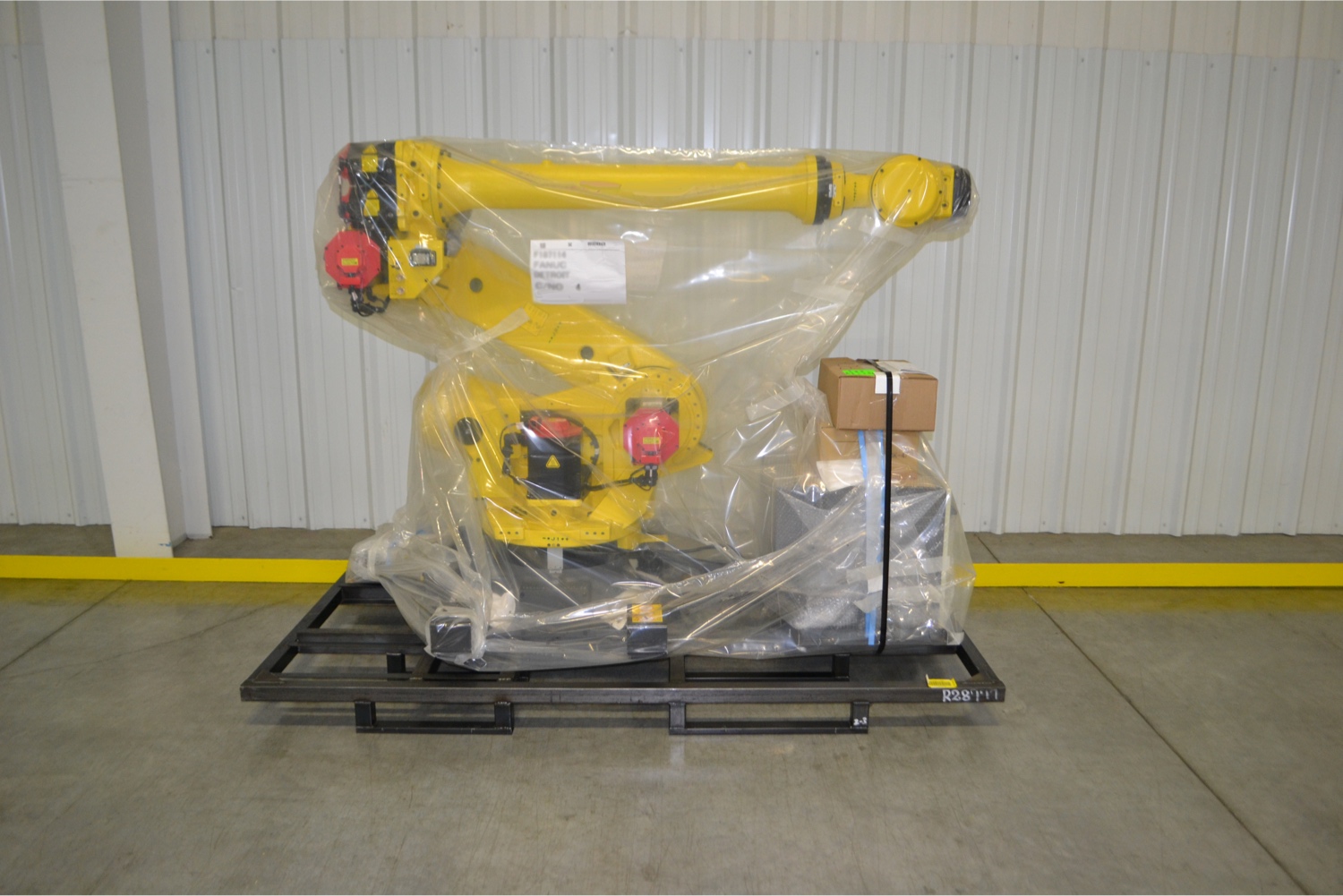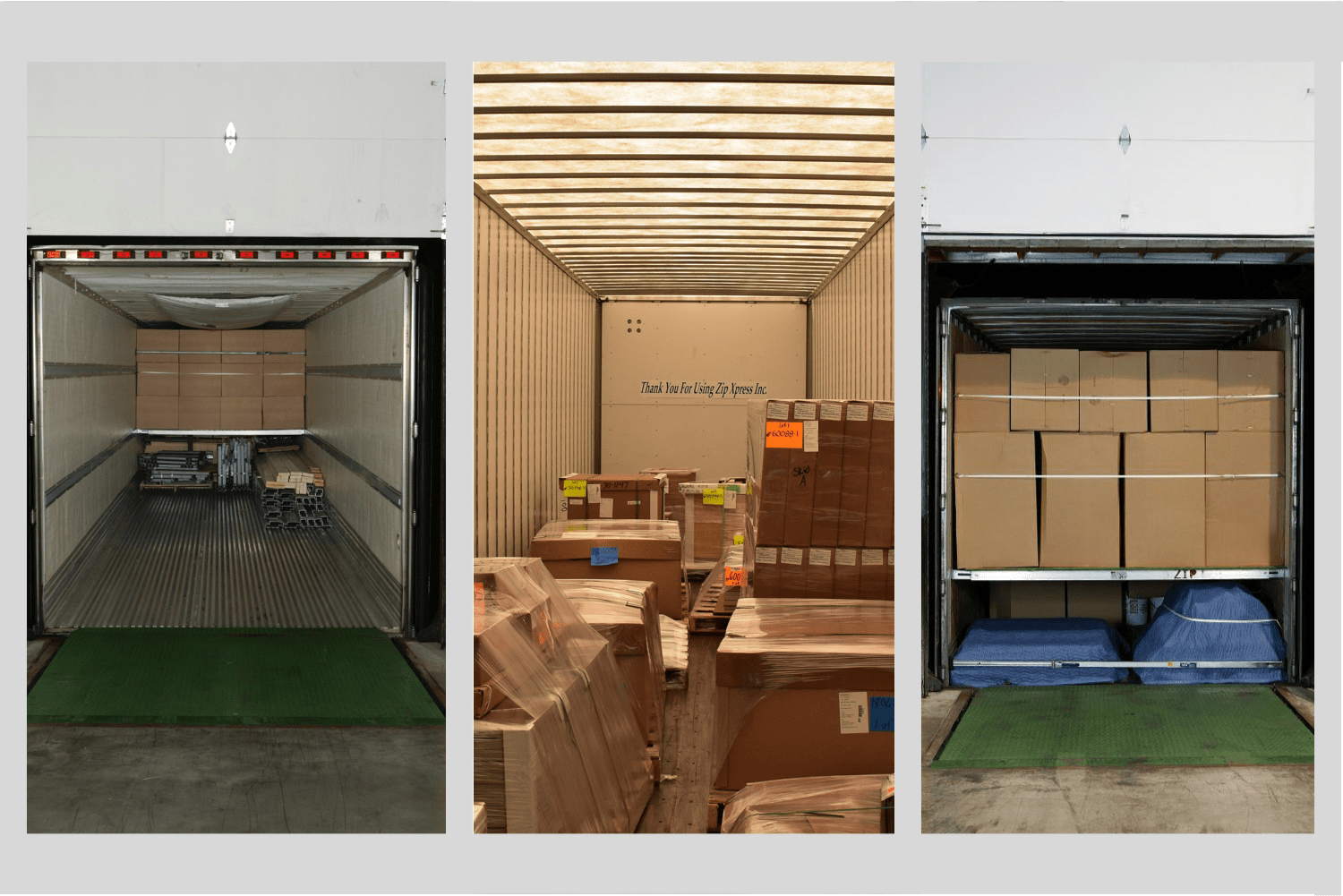Detention is a policy that causes a lot of tension between shippers, carriers and drivers. For a definition, detention is the costs incurred by a customer for using the equipment beyond the given free time, typically outside of the terminal. This causes a lot of ire from shippers because they’re facing a shortage of employees in their warehouse, while it causes ire with drivers and carriers because they want the driver on the road tending to other shipments. The question then becomes: how can we navigate this situation and create a bridge between shipper and carrier that reduces or even eliminates detention?
For companies on the shipper side, many are facing labor shortages in their warehouses. As they try to find more staff, some companies are even willing to simply pay the detention fees as a ‘cost of doing business’ since their reduced staff can only work so fast in loading/unloading shipments. This is an unfortunate reality we face, however revising pickup and delivery times to accommodate the warehouse is a critical first step.
Another issue in this environment is when a broker tells a driver that a shipment is ready for pickup/delivery when it’s simply not. When a driver arrives and the warehouse hasn’t been notified, this causes tension because the driver is forced to wait and the warehouse staff simply isn’t ready because they weren’t properly notified. The fault here is on the broker for giving faulty information to the driver when they weren’t doing their due diligence on proper pickup/delivery times with the shipper.
On the other hand, there are instances where a driver arrives too early and the shipment isn’t ready. This is generally the case for smaller operations who are seeing their dock open/close times or “package ready at” times ignored. While everyone wants to keep shipments moving, it is vital that carriers respect the shipper’s availability as a sign of respect for their operations. These times are provided for a reason and many shippers know exactly when a package is ready to ship out.
As one suspects, all of these problems can be solved with proper communication for the shipment. Communicating and scheduling proper pickup/delivery times with both sides is the bridge to deterring detention. Providing updates in real time – whether a driver is arriving early or a warehouse worker called in sick will help smooth the dynamic between shippers and carriers. Why? Because both sides are working together to get shipments to the customer on time and undamaged. Keeping communication lines open will help both parties keep their operations running smoothly and will hopefully eliminate unnecessary detention delays.
Here at Zip Xpress, we understand the importance of communication between us and our customers. We’re constantly working to improve our communication with our customers, providing updates and adjustments in real time as events happen. We respect the availability of our customers and work in a timeframe that works for them. We’ve found that many shippers are more than willing to work with a carrier that is also willing to work with them. All of this goes to prove that communication is key to a dynamic supply chain. To see for yourself, start today with Zip Xpress!






